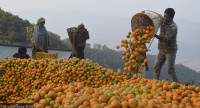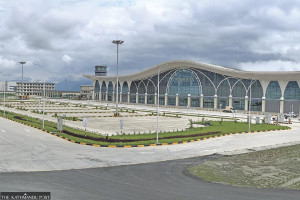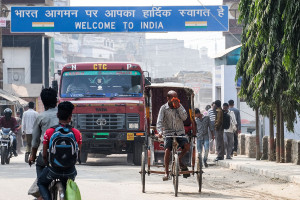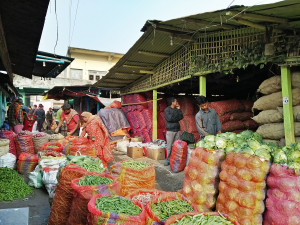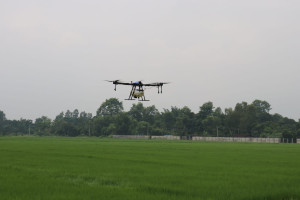Money
Bumper harvests drive vegetable prices down
Seasonal vegetables have become markedly cheaper in the wholesale markets of the Kathmandu Valley as supplies rose following bumper harvests. Prices of off-season vegetables, however, have gone through the roof.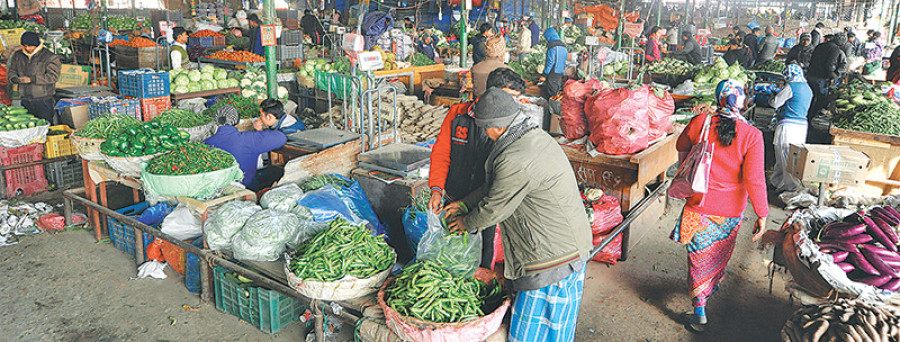
Poonam Regmi
Seasonal vegetables have become markedly cheaper in the wholesale markets of the Kathmandu Valley as supplies rose following bumper harvests. Prices of off-season vegetables, however, have gone through the roof.
The sharp drop in prices has come as a big relief to households. Vegetable prices have come down by 10 to 60 percent over the last six months.
Wholesalers say vegetable supplies could fall when the monsoon picks up by mid-June. The rains herald the start of the rice planting season. Farmers begin preparations for paddy, the key cereal crop, in mid-June.
According to the wholesale price list of the Kalimati Fruits and Vegetables Market Development Board, red potato that cost Rs28 per kg in mid-December now costs Rs21 per kg. Likewise, white potato has dropped from Rs21 per kg to Rs18. The price of onion has dropped to Rs21 per kg from Rs26 per kg six months ago.
Prices of seasonal vegetables like French bean, bitter gourd, pointed gourd and lady finger have seen the sharpest decline over the six-month period. According to the board, French bean dropped to Rs36 per kg from Rs57 per kg. Likewise, bitter gourd fell to Rs38 per kg from Rs81 per kg. Pointed gourd (parwal) and lady finger prices dropped to Rs42 per kg and Rs39 per kg respectively from Rs51 per kg and Rs104 per kg.
According to the Macroeconomic Report issued by Nepal Rastra Bank, consumer prices rose at the slowest pace in over 12 years in March driven by bumper harvests that cooled down food prices. Inflation moderated to 2.9 percent in March, the lowest since November 2004 when consumer prices had gone up by 2.7 percent.
The report said that in March, prices of pulses and legumes fell by 11.2 percent, while vegetables became cheaper by 8.3 percent. However, prices of off-season vegetables like tomato, local cauliflower, green peas and pumpkin have increased notably.
As the local cauliflower season has ended, the price has jumped to Rs46 per kg from Rs26 six months ago. The price of green peas has more than double to Rs92 per kg from Rs40 per kg six months ago.
Farmers in most districts surrounding Kathmandu have been using modern methods like tunnel farming to produce off-season vegetables, and they have been reaping good returns. A majority of off-season vegetables are imported from India.
Vegetable vendors said prices of a majority of seasonal vegetables had fallen due to bumper harvests backed by timely availability of fertilisers and wide use of improved seed varieties.
Gyanu Roka, who has been selling vegetables in Kalimati for the last 15 years, said, “Apart from off-season vegetables, prices of other household staples have dropped. There has been improved supply of seasonal vegetables, which also led to a decrease in prices.”
Most of seasonal vegetables sold at Kalimati are shipped from adjoining districts such as Nuwakot, Dhading, Kavrepalanchok and Makwanpur.
Kharendra Shah, a trader, who mainly supplies potatoes from India, said prices basically depend on production. “A rise in production generally sends prices down.”
Vegetable prices are normally a seasonal effect, said Binay Shrestha, deputy director of the Kalimati Fruits and Vegetables Market Development Board. He added that prices would start to rise from mid-June when farmers start paddy cultivation.
The market sees a low supply of vegetables over the four-month-long monsoon season (mid-June to mid-September). He said that vegetable deliveries to the Kalimati market currently amounted to more than 600 tonnes daily.
PRICES COMPARED




 13.12°C Kathmandu
13.12°C Kathmandu





